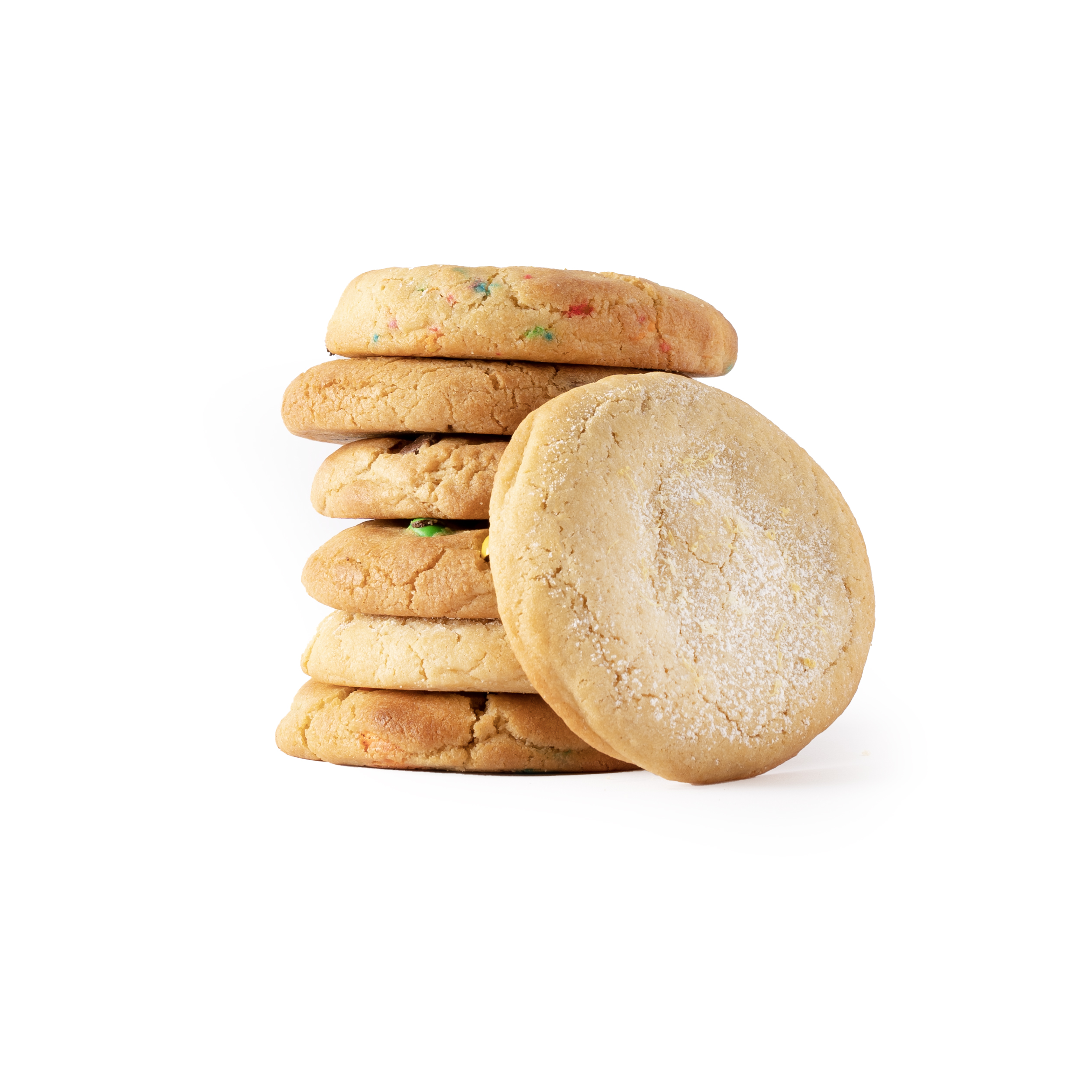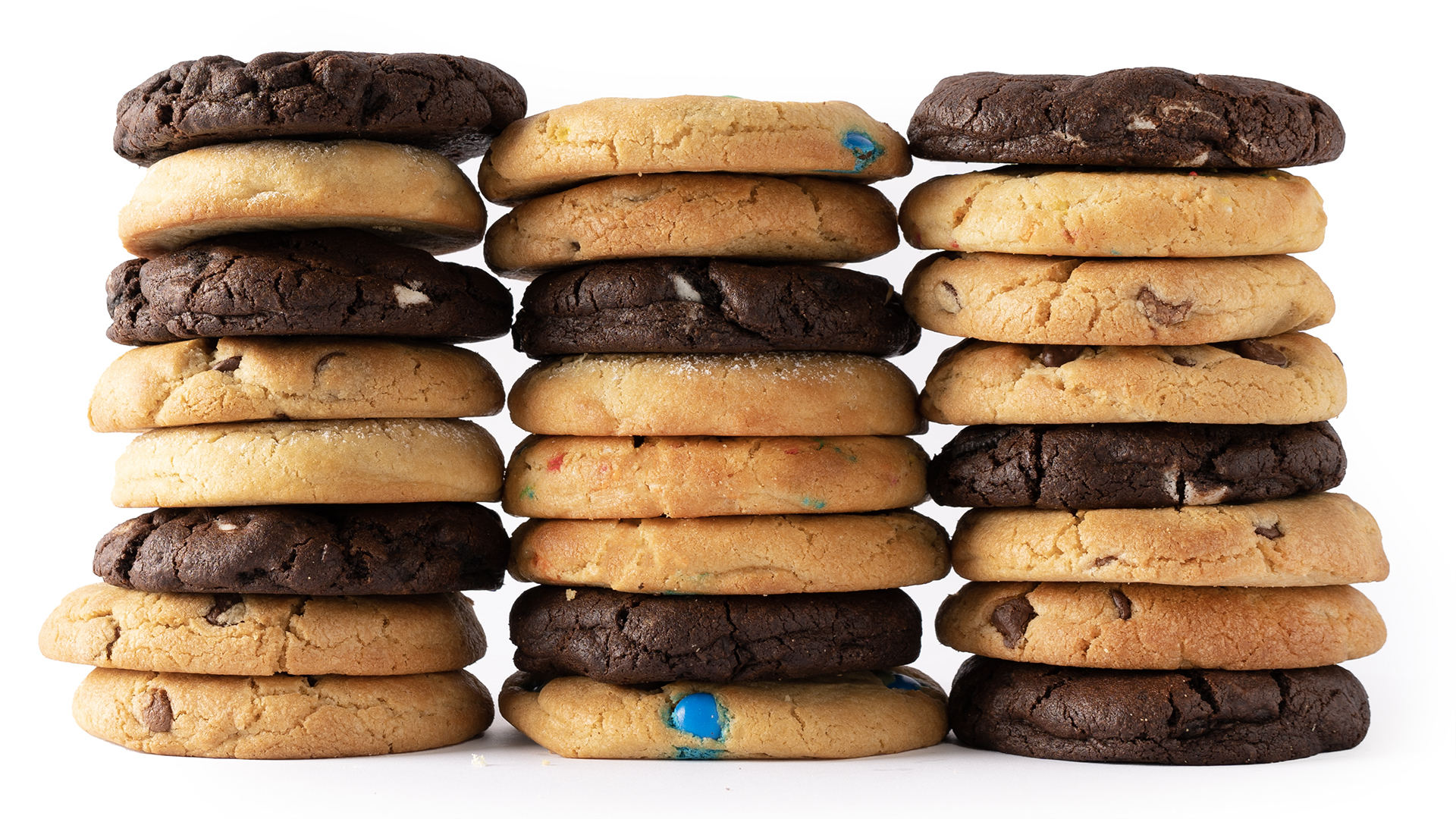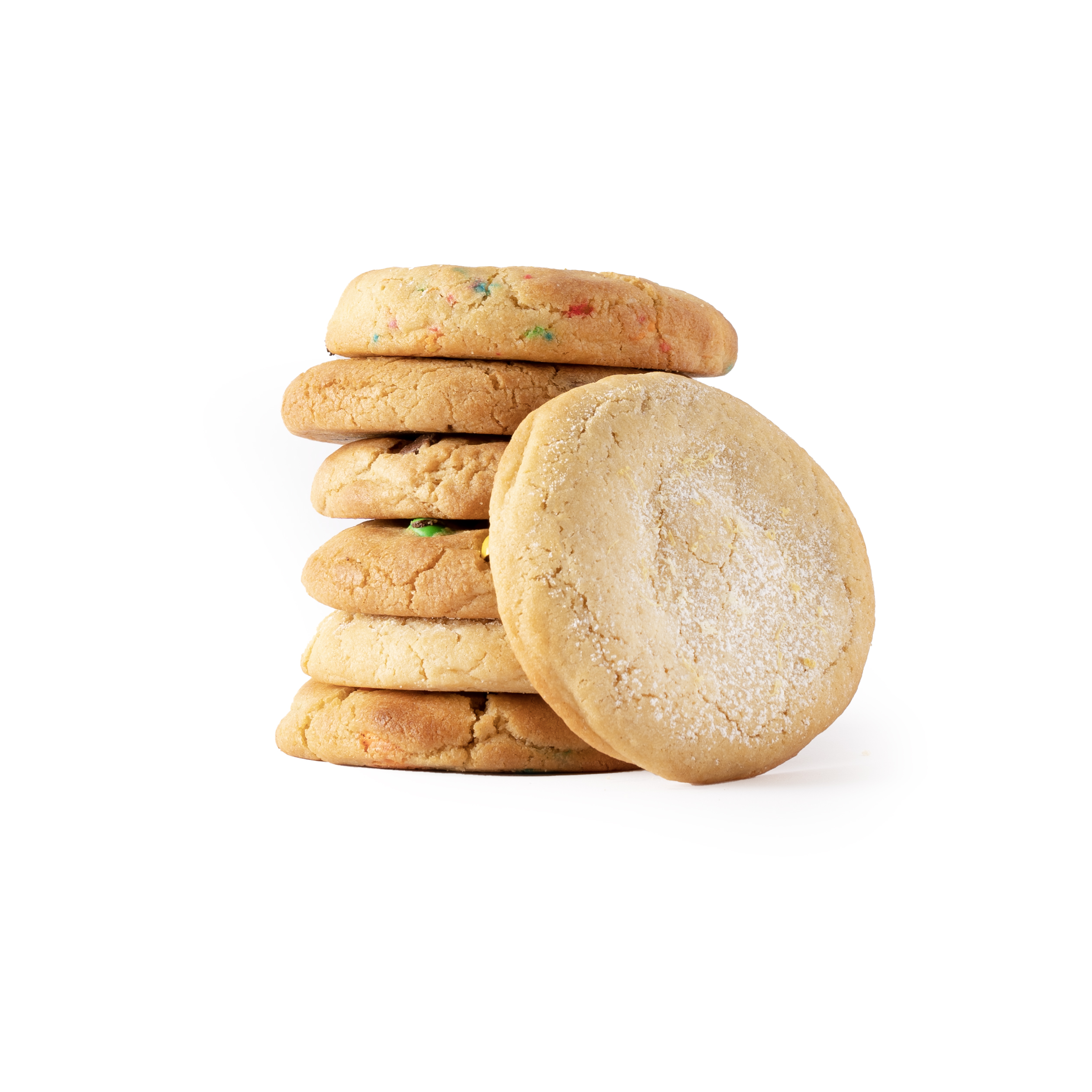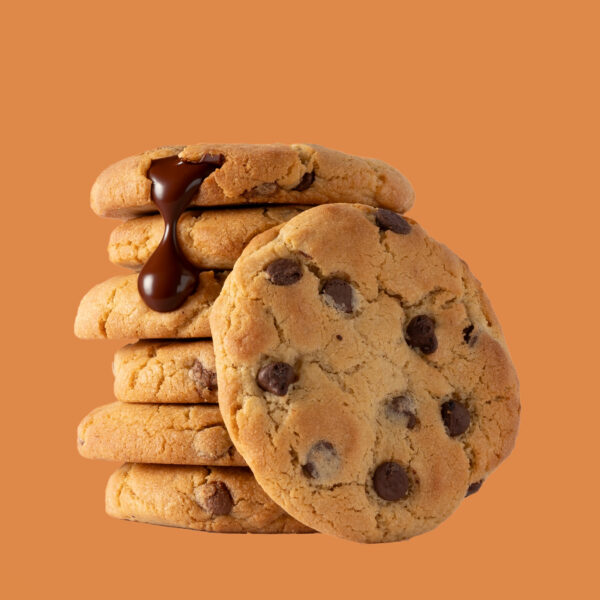
The Interesting Science Behind Our Favourite Baked Treats
Science is usually not the central theme when we’re taking about baking and favourite recipes. It’s certainly not as scintillating as watching cakes and breads rise, or seeing the chocolate seep out when we break open fresh-out-of-the oven brownies and cookies.
The chemical reactions that occur when we mix and bake up treats is quite interesting, though. And, it’s important to know a little bit about them to grow as a baker. I tried and studied different techiniques over and over (and over) before starting my Sydney cookie giftbox company. It’s essential to understand the underlying processes of the desserts we pull out of the oven. So, let’s delve into some of the science behind our favourite baked treats.
Ingredient Interactions: At the heart of the science is the delicate balance between ingredients. The flour, as we know, is like the framing of a home – it provides the overall structure of the cookie. Butter (the fat component) breaks down flour particles and tenderizes it, whilst the sugars not only give the treat sweetness, but enable it to spread during baking. (The more water in the sugar the more it will spread. Brown sugar has a higher water content.)
Leavening Agents: Cookies can be leavened by various agents. Baking soda and baking powder tend to be the most popular. Whipped butter and eggs can provide leavening too because of the air bubbles that get trapped in the ingredients as they’re whipped. (This is why many recipes call for a lot of stirring after adding in each egg.) Baking soda when combined with the acidic component like brown sugar or molasses works as a leavening method by producing carbon dioxide bubbles. The bubbles can only go up when heated, which makes the treat rise. Baking powder has both an acid and a base that reacts with moisture to leaven, and that is why it’s called for in cake and brownie recipes.
Texture: Cookie texture is influenced by factors like ingredient ratios, mixing methods and baking time and temperature. Creaming butter and sugar aerates the dough, giving it that light and tender texture. Overmixing once the flour is added can lead to tough cookies due to the excessive gluten development that occurs as the flour particles break down. Chilled dough will produce thicker cookies, because those air bubbles trapped in the cold dough will rise as heat is applied. A higher butter concentration will produce a thinner and crispier-on-the-outside cookie. The longer you bake them, of course the more they’ll brown and have a bit of a crunch to the top layer.
Emulsifiers: Eggs and egg yolks have the role of binding the water in the ingredients and fat molecules together to keep ingredients from separating and give cookies their texture. Adding an extra egg yolk to recipes means more creaminess and a generally softer cookie.
Maillard Reaction: We won’t get too into this, it’s a complex process, but the Maillard Reaction occurs when the amino acids and sugars that are starting to break down during baking continue to be exposed to heat. The process is intensified as baking progresses and this results in the golden-brown colour of cookies. It also contributes to the aroma, which is why we smell the beautiful, golden flavours of our cookies as they are nearing baking completion.
Understanding the science behind baking empowers us to experiment and better troubleshoot issues with our recipes. At Uptown Chunk, we have worked exhaustively to create the ideal blend of premium ingredients, mixing methods, chilling and baking times to produce a slightly crispy on the outside yet soft, creamy and chewy on the inside cookie. And, we will continue to study, experiment, sample and produce new recipes and flavour combinations for our Sydney cookies and cookie gift box offerings. We hope you keep trying new things in your baking. Enjoy the process and the result!





